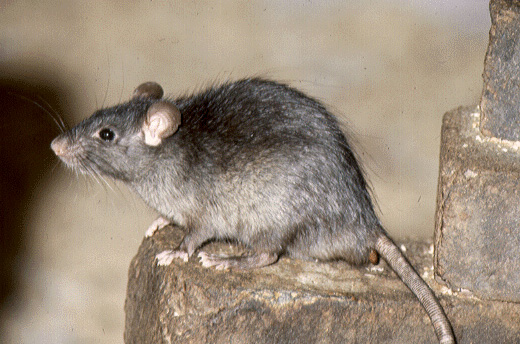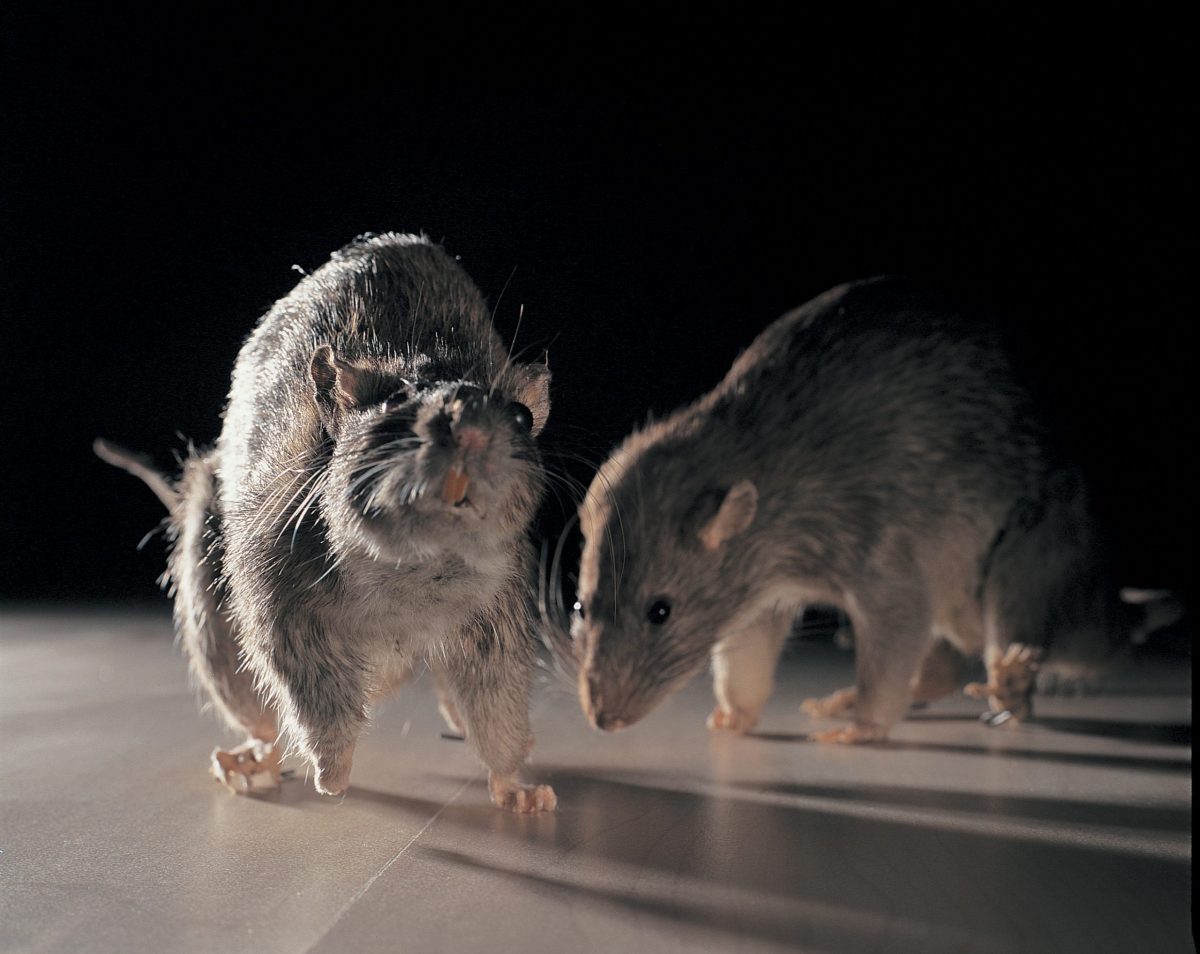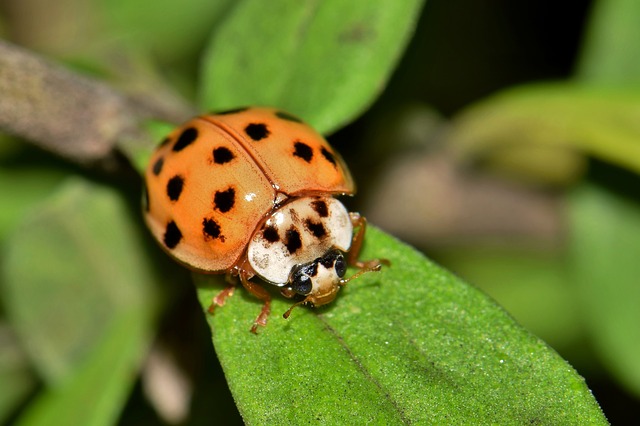What poisons and why? Chelsea London
People often ask me what poison we use and how do they work. All our rodenticides are second generation anticoagulants which work by thinning the blood by blocking the vitamin K cycle which stops blood clots forming which is essential for the body’s survival. We use many different types of anticoagulant rodenticides because in some areas such as parts of London rodents can be resistent to them. This normally happens due to prolonged over use of a particular poison. Just because the rodents are eating the bait does not always mean it is working. The different types we use are Bromadione, Flocoumafen, Brodifacoum and Difenacoum. I once had a job in Chelsea which had a large mouse infestation. I had to try three different types of anticogulants in many different forms before I found the one that worked and the problem was resolved. It is not just the type of poison we have to worry about but also the form it is in. They can come as a wax block, a grain block, pellets, pasta sachets, gel base and even paste. In the case above I found a brodifacoum paste worked. In many cases we have to keep trying different combinations of baits and the form they are in before we find the one that works.










